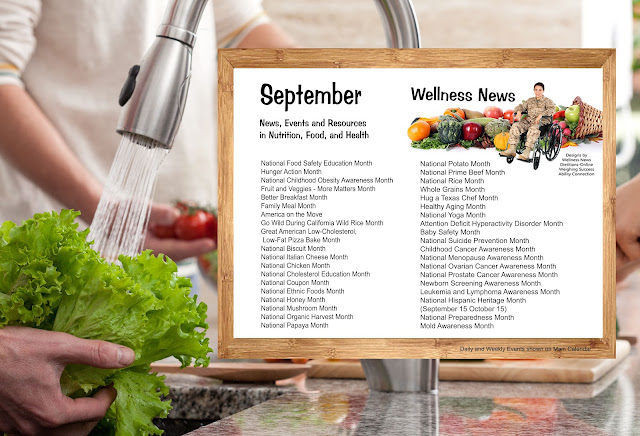with an emphasis on amplifying children's voices to ensure their rights are heard and respected. This theme, promoted by UNICEF, highlights the importance of children's self-expression and participation in decisions that affect them.
Child rights are human rights. They are non-negotiable and universal. But in too many places today, children’s rights are being misunderstood, disregarded, or even denied and attacked.
Upholding children’s rights is the path to a better world today, tomorrow, and in the future.
Join us on this World Children’s Day and listen to the future.
By listening to children, we can fulfil their right to self-expression, understand their ideas for a better world, and incorporate their priorities into our actions today.
Discover what’s happening and take part.
A review of organizations dedicated to improving the quality of Children's lives. Presented through songs, news reports, mission statements, and children.
We Day
Listen to the future.Stand up for children’s rights.
Love Is All | Playing For Change
By resolution 836(IX) of 14 December 1954, the General Assembly recommended that all countries institute a Universal Children's Day, to be observed as a day of worldwide fraternity and understanding between children. It suggested that the Day was to be observed also as a day of activity devoted to promoting the ideals and objectives of the Charter and the welfare of the children of the world. The Assembly suggested to governments that the Day be observed on the date and in the way that each considers appropriate. The date, 20 November, marks the day the Assembly adopted the Declaration of the Rights of the Child in 1959 and the Convention on the Rights of the Child in 1989.
2. An indicator of chronic malnutrition is stunting. This is when children are too short for their age group. About 165 million children globally are stunted, resulting from not enough food, a vitamin-mineral poor diet, inadequate child care, and disease. As growth slows down, brain development lags, and stunted children learn poorly.
3. Wasting and bilateral edema are severe forms of malnutrition - resulting from acute food shortages and compounded by illness. About 1.5 million children die annually due to wasting. Rising food prices, food scarcity in conflict areas, and natural disasters diminish household access to appropriate and adequate food, all of which can lead to waste.
4. Essential vitamins and minerals in the diet are vital to boost immunity and healthy development. Vitamin A, zinc, iron, and iodine deficiencies are primary public health concerns. About 2 billion people are affected by inadequate iodine nutrition worldwide. More than one-third of preschool-age children globally are vitamin A deficient. Vitamin A deficiency is the leading cause of preventable blindness in children.
5. Maternal undernutrition leads to poor fetal development and a higher risk of pregnancy complications. Maternal and child undernutrition accounts for more than 10 percent of the global disease burden.
6. For healthier babies, WHO recommends exclusive breastfeeding for six months, introducing age-appropriate and safe complementary foods at six months, and continuing breastfeeding for up to two years or beyond. Worldwide, about 20% of deaths among children under five could be avoided if these feeding guidelines are followed. Appropriate feeding decreases rates of stunting and obesity and stimulates intellectual development in young children.
7. Nutritional problems in adolescents start during childhood and continue into adulthood. Anemia is a critical nutritional problem in adolescent girls. Preventing early pregnancies and assuring adequate intake of essential nutrients for developing girls can reduce maternal and child deaths later and stop cycles of malnutrition from one generation to the next. Globally, anemia affects 42% of pregnant women.
8. The rise in overweight and obesity worldwide is a significant public health challenge. People of all ages and backgrounds face this form of malnutrition. As a consequence, rates of diabetes, cardiovascular disease, and other diet-related conditions are escalating worldwide. These are very difficult to treat in places with limited resources and already overburdened health systems. About 43 million children under age five are overweight, according to 2011 figures.
9. Nutrition information is required to identify the areas where assistance is most needed. WHO released international child growth standards that provide benchmarks to compare children's nutritional status within and across countries and regions.
Raffi Foundation for Child Honouring
Now imagine helping it spread
quickly throughout the world!
Child Honouring is one such idea,
an idea whose time has come.














